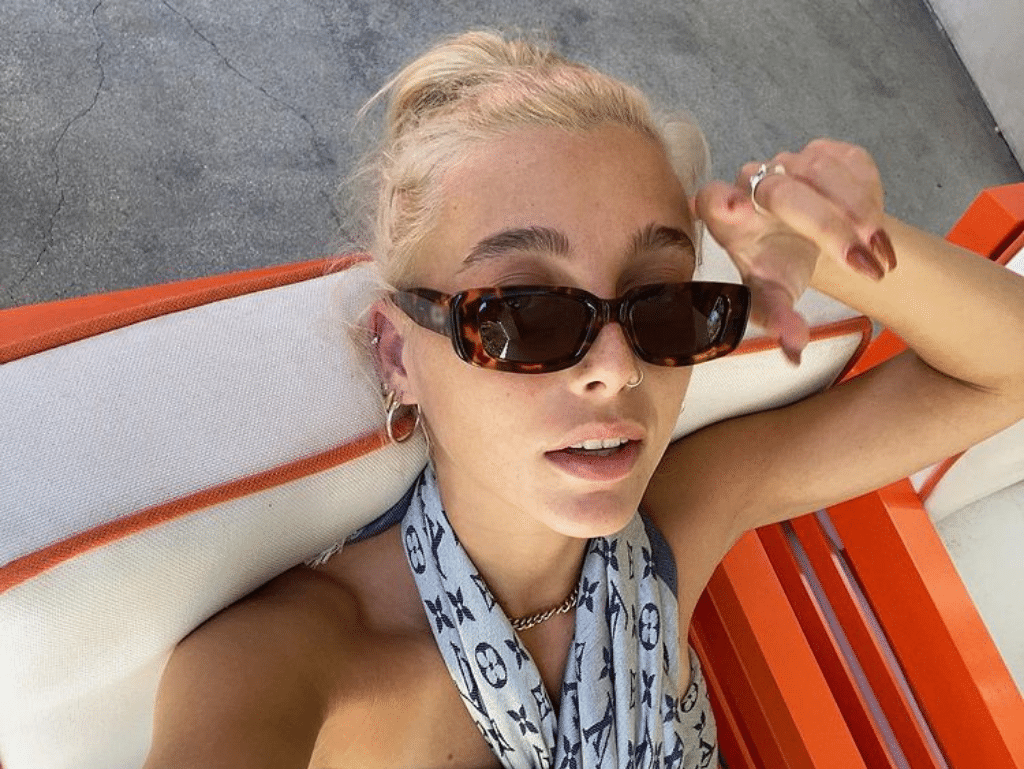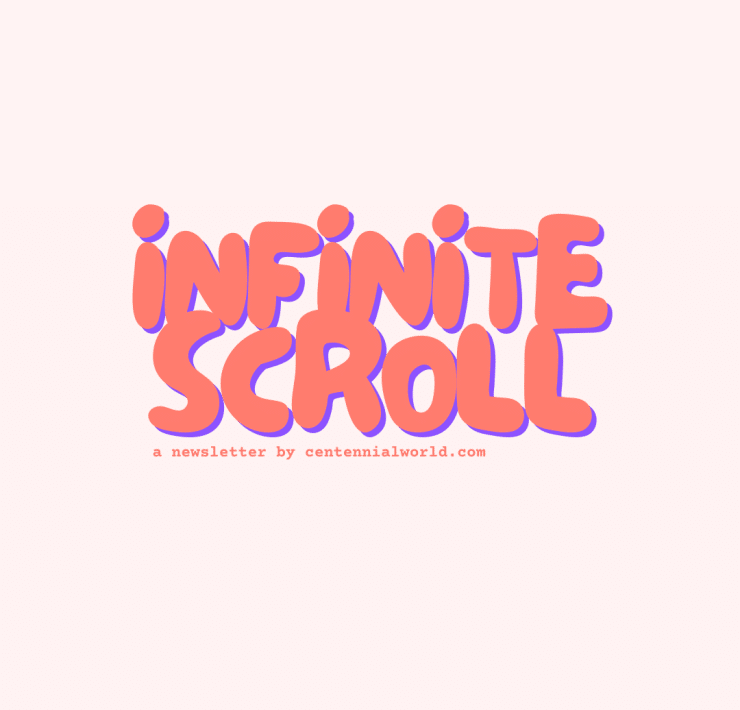
In news that surprises absolutely no one, Gwyneth Paltrow came under heavy fire last month for components of her wildly extra beauty and wellness routine– which she shared in a March 2021 Vogue Beauty Secrets video: Gwyneth Paltrow’s Guide to Everyday Skin Care and Wellness.
While the Goop-founder is known for expensive products and experimental self-care procedures, the element that experts and beauty media took issue with was the dangerous messaging about sun safety and sunscreen application. In the video, while talking through her daily routine, the actress explains “I’m not, you know, a sort of head-to-toe slatherer of sunscreen, but I like to put some kind of on my nose and the area where the sun really hits.” As she says this, she dabs sunscreen on the high parts of her face, as many have noted, similar to where you would traditionally apply highlighter– across the bridge of the nose, the tops of the cheekbones and the top of the lips.
While the dangerous effects of sun-damage are thoroughly documented in 2021, the misconception around adequate sun safety remains– something that is entirely unsurprising considering Gwyneth’s Beauty Secrets video has since garnered over 800,000 views on YouTube.
But Gwyneth isn’t the only one spreading misinformation when it comes to the safe amount of sunscreen an individual should be wearing (which is a generous amount on anywhere exposed to the sun, mind you). Enter: the Internet’s sweetheart, Emma Chamberlain.
While the creator is, for the most part uncontroversial, in her recent video READING MAKES YOU HOT, Emma explains “I’ve been trying to work on my tan and the UV is an 8 right now. I’m going out…I’m tanning…When the UV index is really high, which is the strength of the sun’s rays or something…that tells you how quickly you can get tan.” Emma then proceeds to apply sunscreen on her face but says “I don’t really put it on the rest of my body, which is probably not good, but I do put it on my face and my neck…don’t forget your sunscreen kids.”
She then explains that “it’s not fun to tan, tanning is not fun but I like getting the vitamin D, it’s worth it.”
In contrast to both Gwyneth and Emma’s recommendations, the safe amount of sunscreen is upwards of a teaspoon for each arm, leg, body front and body back. Additionally, “the product should be applied to the skin in generous amounts over all of the exposed areas 20 minutes before sun exposure, it should be reapplied every two hours or more often when sweating, and should be reapplied after swimming or towelling,” according to the TGA labelling requirements.
Not only are two in three Australians likely to be diagnosed with skin cancer by the age of 70, but as Professor Sanchia Aranda, CEO of Cancer Council Australia explains “Tanning is a sign that you have been exposed to enough UV radiation to damage your skin…We need to make sure teenagers get this message, to prevent a rise in the incidence of skin cancer for the next generation,” science Emma Chamberlain is likely unaware of in irresponsibly promoting tanning to her young audience base.
While Gwyneth is by no means spreading a safe message when it comes to sun protection, the Goop-founder’s high flying form of self care and beauty routine is expensive, time consuming and by nature unrealistic. As a mainstream celebrity, she also has much less influence over a younger generation. While Emma’s intentions are in no way nefarious, the danger with her perpetuating similar messaging (despite not being as extreme) is that her community has been formed off the back of her relatability. Between vintage clothing hauls and her namesake coffee brand retailing for $20 USD; her success is based on the foundation that what Emma does is achievable and affordable for the “every girl”. Additionally, while Gwyneth’s beauty and self care routine has been viewed just shy of one million times, Emma’s video– posted almost a month later has already racked up 2.5 million views, which is remarkably, a fairly average amount of views per video for the viral creator, who has 10.1 million YouTube subscribers.
While the skincare and makeup preferences of celebrities and creators are an interesting sneak peek into the lives of the rich and famous (despite how relatable they might seem), the earnest falls as much on, if not more so upon the consumer than the creator. The moral of the story being that we can not rely on celebrities and creators to be experts in fields of health and safety. Although Gwyneth and Emma remain wildly irresponsible in promoting such sun care practices, it is one component of the beauty and health industry that requires following expert knowledge and diligent care.
But in a time where a different creator is being accused of offences ranging from sexual misconduct to racist past commentary every other day, it is understandably easy to dismiss the spreading of what feels like minor misinformation. But where we’re holding mainstream celebrities accountable, shouldn’t we be looking at least looking to keep the same energy for creators? A category of people who arguably have even more influence?
For more information on sun safety, sunscreen formulations and recommended products follow Call Time On Melanoma and scientist, Hannah English. For sunscreen FAQs head to Cancer Council Australia.
Jordyn Christensen is a beauty journalist and has previously written for titles including marie claire, Harper's Bazaar and ELLE Australia.
- Jordyn Christensenhttps://centennialworld.com/author/jordynchristensen/
- Jordyn Christensenhttps://centennialworld.com/author/jordynchristensen/
- Jordyn Christensenhttps://centennialworld.com/author/jordynchristensen/
- Jordyn Christensenhttps://centennialworld.com/author/jordynchristensen/

